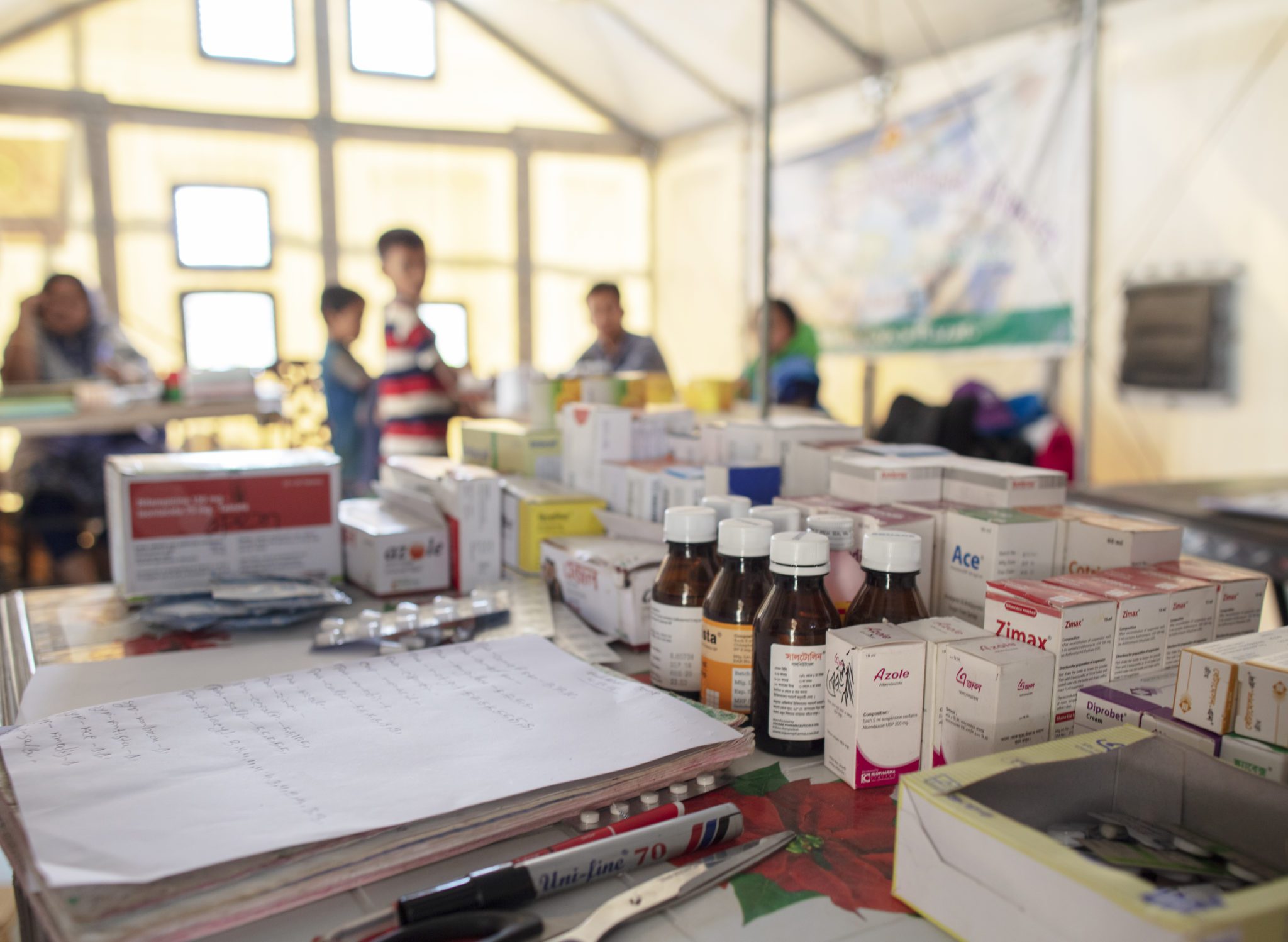We are developing a new shelter portfolio, which prioritises environmental sustainability in the following areas:
Longer lifespan
By designing shelters for temporary, short-term responses that can be extended, we can reduce the need for replacements if the crisis becomes protracted.
Adaptability
We are designing the new shelter portfolio to be adaptable and upgradeable over time, making it better suited for complex specific requirements. The frame is the system’s foundation, and it is easy to attach locally available materials, expanding the possibility of using the best-suited and most environmentally friendly material based on the specific context. We refer to this as our “incremental approach” to shelter: deploying, upgrading, and upcycling.
New materials and production techniques
We are mapping and adjusting the design to fit with new materials and production techniques with proven scalability and suitability for shelter and a lower climatic footprint regarding Global-warming potential (GWP), toxicity, energy use, or water consumption, among others.
Recycled materials
The Life Cycle Assessment (LCA) performed on our current shelters revealed that increasing the use of recycled materials can lower their global warming potential. Thus, we select easily sourced and readily available materials, including polypropylene (PP), PET (polyethene terephthalate), and steel.
Recyclable materials
In the new shelter portfolio, we use as few unique materials as possible while selecting materials that are easy to recycle. We also make design choices to facilitate recycling, removing the need for separation and providing markings and guidelines for decommissioning shelters.
Energy-efficient production
The Life Cycle Assessment of current shelters has taught us that we could significantly impact the production process using energy-efficient and green energy techniques. The new concept design proposes several changes to reduce energy consumption, including removing production steps and reducing material use, as well as selecting producers and development partners with a track record of using green energy.
Reduced use of raw materials
All our shelters are lightweight (the Relief Housing Unit weighs 148 kg when built). Additional material reductions are made, specifically by reducing the amount of plastic in the new shelter design.
No single-use plastics
We will eliminate single-use plastics in the new portfolio.
From our Global compact communication on progress: January 1 to December 31, 2023




